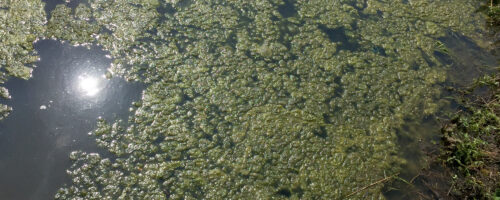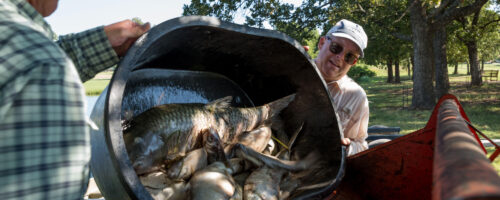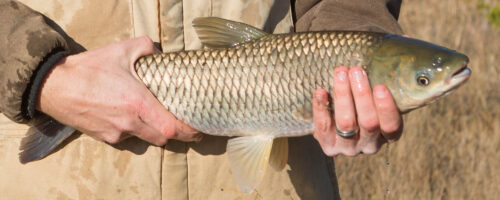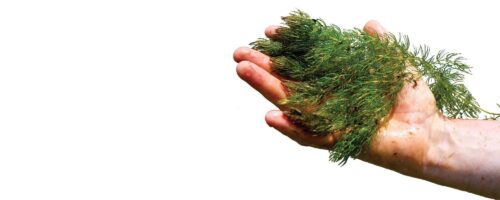Tag: aquatic vegetation
Categories

Aquatic Vegetation in Ponds
Estimated reading time: 7 minutes
This article originally appeared in the March 1998 Ag News and Views newsletter, revised 2023.

Dead Fish in Summer? Low Dissolved Oxygen Is Usually the Culprit
Estimated reading time: 4 minutes
Grass Carp Is an Option to Control Aquatic Plants
Estimated reading time: 6 minutes